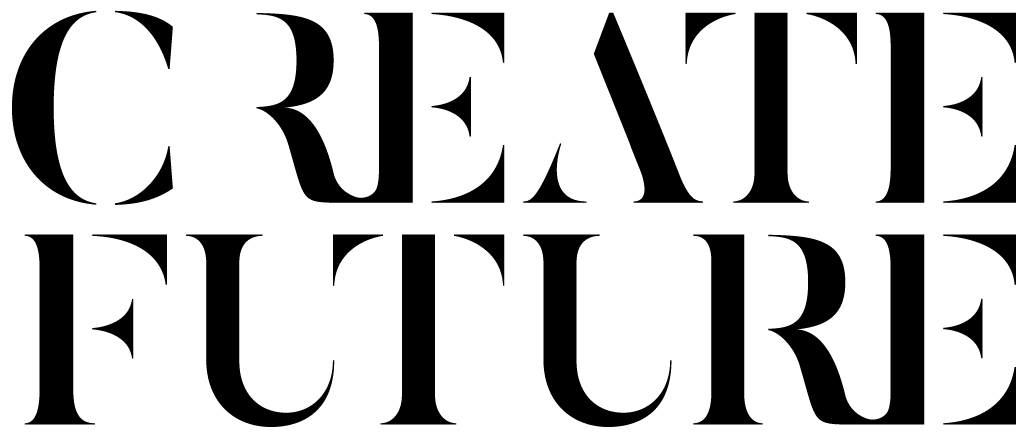How to have great ideas
One of the founders, and Strategy Director, here at CreateFuture has this great saying ‘Creativity is a mindset, a process and a tool - it can be taught and it can be learned’.
I wholeheartedly agree with this. Some of the best ideas I’ve heard are from the most unlikely of ‘creative’ places.
Creativity is such an expansive topic, but I just want to zoom in on a very specific part - ideas.
Innovation isn’t new
How do people have great ideas? Where does innovation come from? Is being an innovator something you’re born with?
I’m going to say something that sounds cynical - but it’s not, it’s a truth that you need to understand if you want to be innovative.
There are no new ideas. Yep. None. Zero.
Every ‘new’ idea is a mash-up of what has come before. We build on what we know to find something different, something better.
Let’s take an example - the Dyson vacuum. Innovative? Yes. Entirely new? Nope.
In the late 1970s James Dyson saw cyclones being used in a sawmill to suck up dust from the air, and then applied that to the existing idea of a vacuum cleaner. It wasn’t until over 20 years later that the Dyson would appear in mainstream electronics stores. The reason he put these two concepts together to create something new was a mindset of innovation.
Innovation is a mindset
But how can you get that mindset?
Just as creativity can be taught and learned, an innovation mindset can be too. It’s like a muscle that you exercise, the more you use it the easier it becomes to use it.
First things first, let’s start at the beginning - what is innovation? It’s the process of finding a solution to a real user need or problem. This means we need to first understand what our need or problem is.
There’s always been a lot of talk about empathising with users, or being user-centric. Really, what this means is better understanding the underlying need you are creating a solution for.
Context is king
For example, my mum would love to get into town quicker than she can today. You might think, great - let’s increase the speed limits on the roads and get her a fast car. You didn’t ask - ‘Can she drive?’, well, no she can’t. If we had spoken to her, we would have discovered this. We would have also discovered the reason she wants to get to town quicker is to not spend an hour on the bus, just to see her doctor.
These tiny fragments entirely change the context. A better solution might be to get her an iPad and a video conference with her doctor so she doesn’t need to take the bus at all.
But how did we know to suggest an iPad and a video conference? Because we’ve seen these things already. Better yet, we can find examples of this working in a similar context already - like Babylon Health.
This is the middle of the thread that I want to bring you into. Ideas need inspiration. A blank sheet of paper and a pen is not enough. You need something to riff from, something to spark your imagination.
Find your process
There are many ways of harnessing external material to spark ideas - the 6 Thinking Hats, Lego Serious Play. But I want to tell you about a focussed, repeatable, simple way to do this.
We’ve already uncovered the first part - understand your user need. The second part is finding the opportunity. We know what problem the user needs to have solved, but where in that need is there an opportunity to change things?
Going back to our analogy of my mum’s need to get into town. Where was the opportunity? Her travel experience? In how she was introduced to a doctor? Is it the doctor’s diagnosis? Is it post-diagnosis care?
Find the opportunity.
Get inspired
When you know where you are going to target your innovation, you need to find that spark, your inspiration. Go and find others who have solved a similar need.
If our opportunity was in making the journey more interesting, we might go and find examples of where waiting has been made more joyful or useful - my mind wanders to elevators, train stations, call centers.
Scrapbook these inspirations, interrogate them, note what you love about them. This is where you can riff your ideas from.
So - you’re ready to create your ideas? Stop. Go back. Go and read all the notes you’ve already made about your user, review all the inspiration.
Now you’re ready. Write down all the ideas you have, just simple one-liners. For example, ‘iPads for Buses’, ‘Longer, but deeper appointments’.
Once you’ve exhausted your brain, look back at the user need you are solving for. Rank each idea as to how well they solve this. Your best idea is the one that best addresses your core user need.
This is but the tip of the iceberg of great ideas. In the next blog in my series, I’ll be talking about why collaboration supercharges your products or services.

